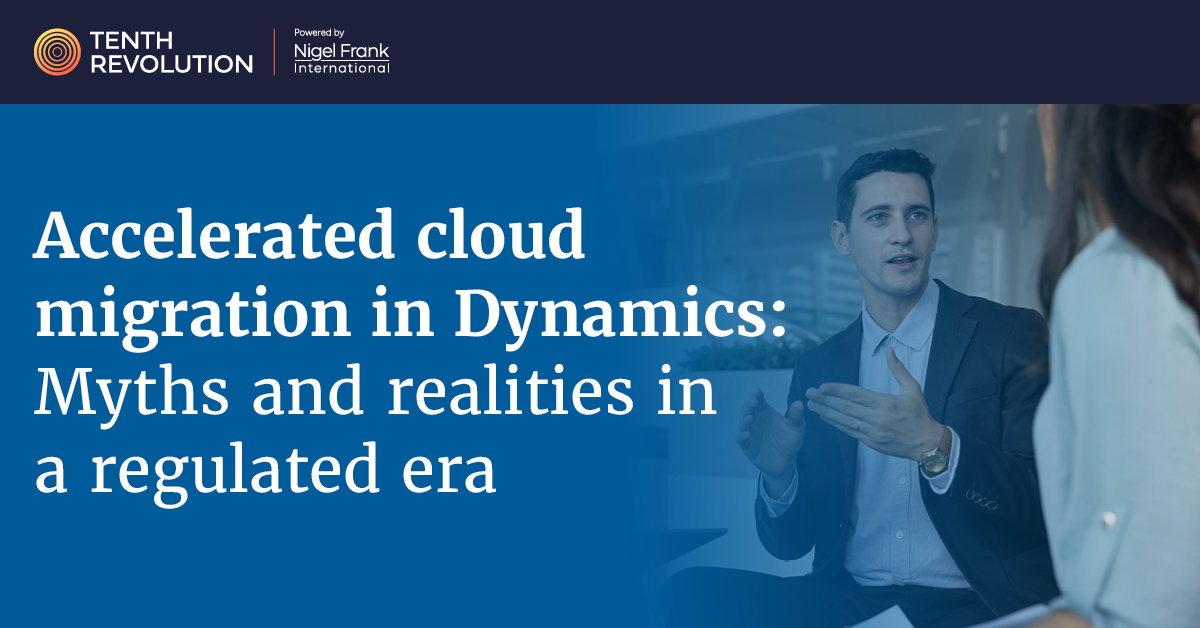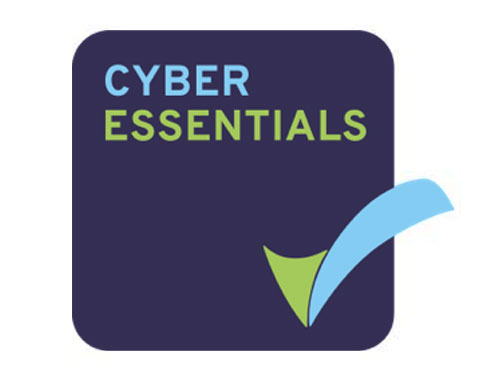
Finance and operations leaders are under increasing pressure to modernize their ERP systems.
The drivers are no longer just efficiency or scalability. Regulatory mandates such as e-invoicing requirements, combined with Microsoft’s One Version update cadence, are forcing organizations onto the cloud sooner than many anticipated. For Dynamics 365 Finance, Supply Chain, and Business Central users, this has created a wave of accelerated cloud adoption.
With urgency comes uncertainty. To help executives cut through the noise, here are the most common myths, and the realities leaders should understand.
Myth 1: Regulatory change is only a compliance exercise
Reality: Compliance is the trigger, but modernization delivers broader transformation.
E-invoicing mandates in Europe, Latin America, and parts of Asia are not optional. Businesses must adapt to new government clearance models and tax reporting standards. While this begins as a compliance challenge, the transition forces organizations to upgrade legacy systems. In practice, many finance teams use the migration to Dynamics 365 Finance or Business Central to redesign processes, improve reporting, and strengthen cash flow management.
Cloud adoption can be the catalyst for more than compliance. Nigel Frank helps employers hire Dynamics 365 specialists who understand how to use regulatory change as an opportunity to streamline finance and supply chain operations.
Myth 2: One Version updates only add technical complexity
Reality: Continuous updates reduce risk and future-proof the estate.
Some executives worry that Microsoft’s One Version policy (monthly service updates for Dynamics 365 Finance and Supply Chain and twice-yearly updates for Business Central) will overwhelm IT teams. In reality, the model ensures organizations stay current with security, compliance, and functionality. It reduces the risk of disruptive major upgrades and aligns with regulatory change cycles. Companies that adopt a structured update rhythm often find their ERP estate becomes more predictable, not less.
Myth 3: Cloud migration is slower and costlier than staying on-prem
Reality: Accelerated migration reduces exposure and unlocks automation.
The upfront investment of a cloud migration is real, but waiting can be more expensive. Organizations running AX or NAV on-prem often face higher maintenance costs, limited access to new functionality, and exposure to non-compliance fines. In contrast, Dynamics 365 cloud deployments enable automation through Copilot, tighter integration with Microsoft Fabric and Dataverse, and faster adaptation to new mandates. For supply chain leaders, this means the ability to react to trade disruptions and regulatory shifts in weeks rather than months.
Myth 4: Regulatory modernization is limited to finance
Reality: Supply chain and operations are equally affected.
E-invoicing mandates are often framed as a finance problem, but their impact extends across procurement, order management, and logistics. For example, suppliers must submit compliant digital invoices before goods can clear customs in certain regions. Dynamics 365 Supply Chain users are building automated workflows that connect procurement events with tax reporting, ensuring that goods keep moving and compliance does not become a bottleneck.
Migration projects touch multiple functions, which makes talent selection critical. Nigel Frank works with organizations worldwide to secure consultants and architects who can align compliance needs with operational efficiency.
Myth 5: Talent is readily available to support accelerated migration
Reality: The talent market is constrained, and early movers secure an advantage.
Demand for consultants, solution architects, and developers skilled in regulatory frameworks, One Version management, and Business Central upgrades has risen sharply. Organizations that wait to act may find themselves competing for a limited pool of professionals. Leaders who secure talent early not only accelerate compliance but also set the stage for broader modernization.
What executives should do next
- Audit exposure. Map which markets face near-term e-invoicing deadlines and what systems will be affected.
- Plan migration timelines. Align ERP migration milestones with regulatory cutoffs.
- Establish update governance. Create a cadence and testing framework for One Version releases.
- Invest in talent. Secure the architects and consultants who understand both regulatory frameworks and cloud modernization.
The regulatory environment is not slowing down. For finance and supply chain leaders, accelerated migration is not a choice but an imperative. Those who treat it as a chance to modernize processes as well as comply with mandates will come out ahead.




